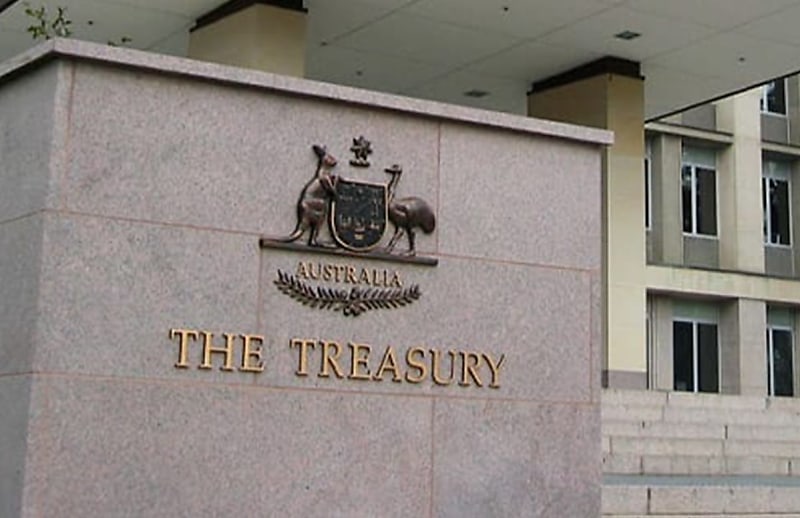Treasury opens consultation on payday super measure
SuperTwo models are put forward for the reform as well as revisions to the penalties for late payment.

Government plans for employers to pay superannuation contributions at the same time as wages took a step closer yesterday with the release of a Treasury consultation paper on the matter.
Announced as part of the federal budget, the measure is set to apply to all employers from 1 July 2026 and the government is examining two models.
One would require an employer to pay SG contributions on the day that wages and salary are made. The second would involve a superannuation fund receiving a contribution within a period following “payday” when ordinary time earnings (OTE) are paid to an employee.
“For example, some payments with OTE components may occur outside of the regular pay cycle, such as termination payments,” it said. “It is envisaged that these events will still constitute an employee’s ‘payday’ given they contain OTE components.”
Employee SG contributions would be based on the OTE paid on the payday and employers would calculate the super owing consistent with STP reporting.
As part of the changes, the government would also amend the SG compliance framework, including the calculation of the SG charge and adding penalties to encourage compliance.
The current SG charge, based on the quarterly payment model, could be updated to align with payday super and an employer would become liable from that date.
Alternatively, the SG charge could retain the current model whereby an employer became liable to pay the charge if super failed to reach an employee’s fund by a specified due date, envisaged to be eight to 13 days after payday.
“This is based on an assumption that the current payment process would be streamlined and the Bulk Electronic Clearing System is still the main payments platform,” the paper said.
The government is also considering updating the calculation of the SG charge to ensure it works appropriately in the context of payday superannuation.
Nominal interest is currently calculated on the total of the individual SG shortfall amounts from the beginning of the quarter and stops accruing when an employer lodges an SG charge statement or a default assessment is made by the ATO.
Under a payday super model, the nominal interest would instead be calculated from payday.
“Additionally, the current 10 per cent per annum rate of nominal interest applied to the total of the individual SG shortfall amount could be amended if it is considered it is no longer fit for purpose considering other potential changes to the SG charge calculation,” the paper said.
“This could involve applying a floating rate of interest, such as the general interest charge, or retaining a fixed rate but considering adjustments in the context of any broader changes to the SG charge.”
The government would also consider new penalties for more egregious non-compliant behaviour.
“These penalties could apply to employers through the SG charge and then additional penalties after a period of time where they do not engage with the ATO to rectify a payment error,” the paper said.
“These penalties could apply to the offending business as well as the directors individually.”
Under the changes, the ATO would also begin to publish improved SG recovery measures from the 2026–27 financial year onwards.
The consultation paper said these measures would provide useful and clear insights into employer compliance with SG obligations as well as the ATO’s capability to identify and recover unpaid SG.



